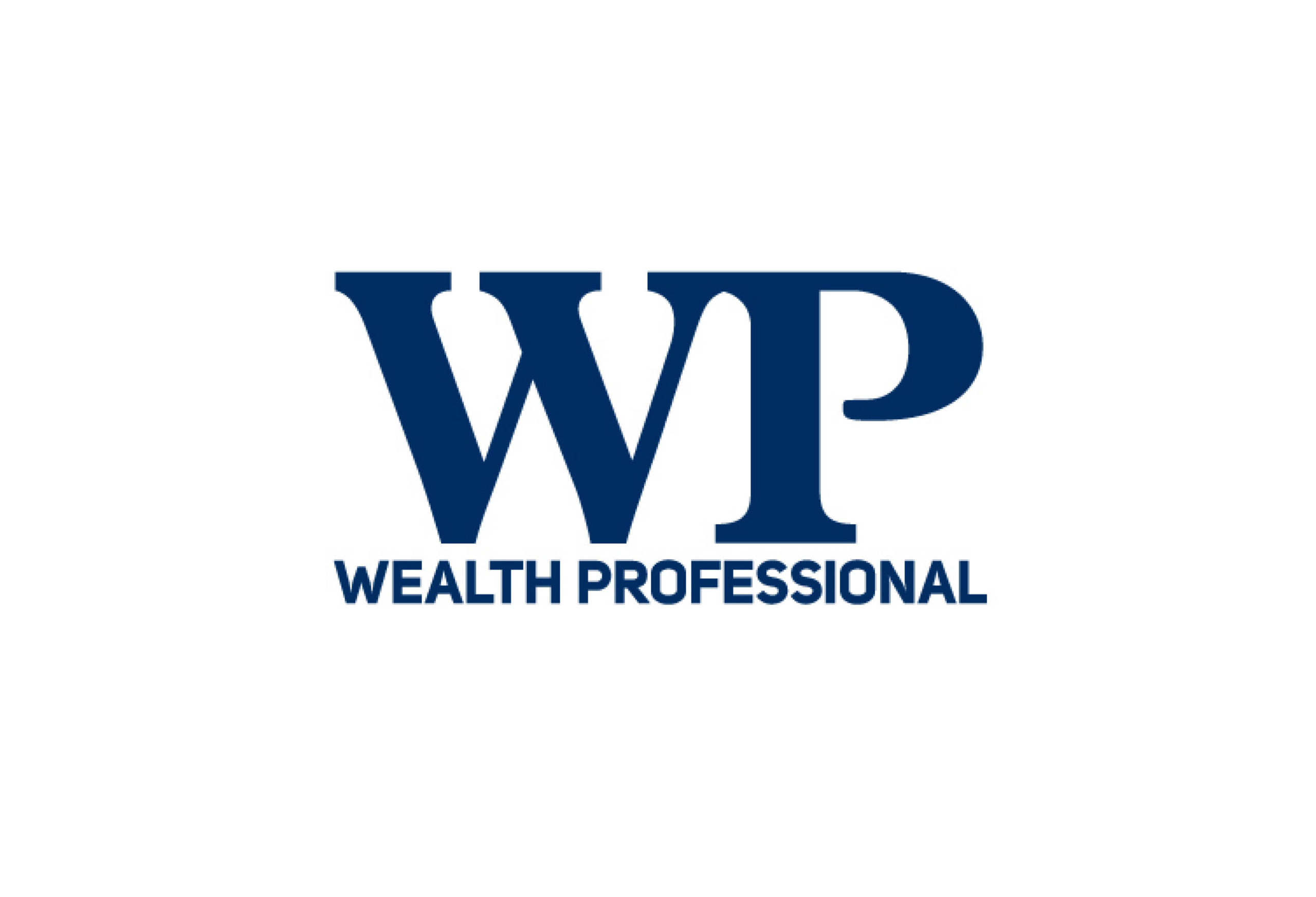
October 1, 2020- By Leo Almazora: Founder of liquid-alternative ETF firm shares thinking behind launch of alternative model portfolio.
While the case for going beyond the traditional 60-40 asset allocation has gotten much stronger over the years, there have been many hurdles preventing Canadian investors and advisors from incorporating alternative assets into portfolios. Those hurdles have been lowered considerably with the introduction of liquid-alternative investment products into the market – and one firm is taking the next logical step.
“There are a couple of things that led to the creation of the OneChoice Alternative Model Portfolio, and really it was client-driven,” said Julian Klymochko, founder and CEO at Accelerate Financial Technologies. “We really wanted to create an all-encompassing one choice portfolio that can be a unique solution.”
Since its launch two years ago, Accelerate has strived to democratize access to alternative investments through the use of liquid-alternative ETFs. Its current shelf of offerings provides retail investors access to unconventional investment strategies, including arbitrage, Alpha + Beta, private equity replication, and a long-short absolute return strategy.
More recently, the firm has expanded its menu with the OneChoice Alternative Model Portfolio, which provides easy access to a handful of alternative assets at once. Aside from removing structural hurdles such as high investment minimums, illiquidity, high fees, and lack of transparency that have kept investors out of alternative investments, the new model portfolio addresses one significant pain point.
“What we’ve determined from our discussions with clients is that putting together a diversified alternative sleeve within their client portfolio is extremely time- and work-intensive,” Klymochko told Wealth Professional. “Many adviser groups just don’t have the time or manpower required per year to achieve wide diversification across alternative assets.”
As Klymochko described it, running a diversified fleet of alternative strategies is an immense undertaking. Aside from selecting the alternative asset classes and strategies that would underpin the allocation, the investor will have to weigh the strategies, subscribe or redeem as necessary, rebalance based on the needs of the investor or conditions in the markets, and continually monitor the portfolio. Multiply that across different client accounts, and even the most gung-ho advisor on alternative investments will find their enthusiasm tested.
“We thought to utilize our expertise of over a decade to put together that allocation and take all that work off their hands,” Klymochko said. “We took off their plate and we are doing it in-house, just to let our advisors focus on what they do best, which is build their practice and their client relationships.”
Beyond the structural and operational problems, he said the alternative model portfolio can help investors deal with how the dynamics in financial markets this year have affected traditional asset classes. On the equities side, he pointed to the tremendous volatility in Q1 – major equity indexes saw a steep drop of nearly 40% – that has given way to record-high stock valuations.
Meanwhile, yields in fixed-income markets are plumbing all-time historic lows. Ten-year Treasury yields are at roughly 65 basis points, and even some high-risk junk bonds are throwing off yield of less than 3%. Given those anaemic numbers, the use of bonds as insurance against equity volatility is becoming harder to justify for most investors.
“And the idea that stocks and bonds are negatively correlated isn’t a hard-set rule,” Klymochko said. “That negative correlation has really only manifested itself in the last 20 years or so. There have been many periods including the 1970s when they were actually positively correlated, and that’s problematic for the traditional 60-40 portfolio, or some variant of it, when both asset classes decline at the same time.”
Given those perils in traditional assets, the need to use alternatives to achieve financial objectives becomes clearer. Pension funds, which generally have annualized return hurdles in the neighbourhood of 7%, are among many categories of institutional investors that are allocating up to 50% of their portfolios to alternatives. It’s with that in mind that Accelerate designed its OneChoice Alternative Model Portfolio.
“We started out by looking at the endowment model portfolio, which was pioneered by Yale and really perfected over the past number of decades,” Klymochko said. “We wanted to provide advisors and individual investors with easy and low-cost access to that type of alternative portfolio.”
As it stands now, the portfolio is composed of six alternative asset classes, each of which fulfills a specific purpose. The Absolute Return asset class, for example, seeks to provide uncorrelated returns, while the Private Credit asset class is there to provide yield. Real Assets are expected to provide yield and capital appreciation, while Alternative Currencies provide inflation protection and maintenance of purchasing power. Finally, both Private Equity and Alternative Equity aim to provide alpha or performance above and beyond the equity index.
Combining that blend of uncorrelated investments with traditional asset classes, Klymochko said, has the advantage of lowering risk while increasing risk-adjusted returns. That, in turn, puts investors on a more stable path to achieving their financial goals.
“I would say the best portfolio is one investors can stick with,” he said. “What I see nowadays, unfortunately, is some investors more heavily weighting toward equities … there’s a good chance all that’s accomplishing is increasing risk. The odds are we’ll face another bout of volatility and that ends in tears.”
With Accelerate’s new alternative model portfolio, the firm advises investors to consider adopting a 50-30-20 asset allocation, with 50% in equities, 30% in fixed income, and 20% in alternatives. The firm also has plans to launch its alternative portfolio as an ETF, which will come with a management fee of 20 basis points
“We’re pushing to offer this tremendous value proposition to accomplish all the goals that an advisor wants out of an alternative portfolio for a low fee,” Klymochko said.
Read original article here.



